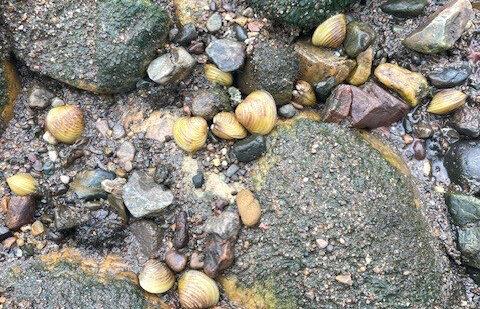Despite announcing the detection of an invasive freshwater mollusc in the Brisbane River authorities will not attempt to eradicate it.
The invasive freshwater Corbicula fluminea is a bivalve gold clam native to Asia and was detected in several parts of the Brisbane River in February.





